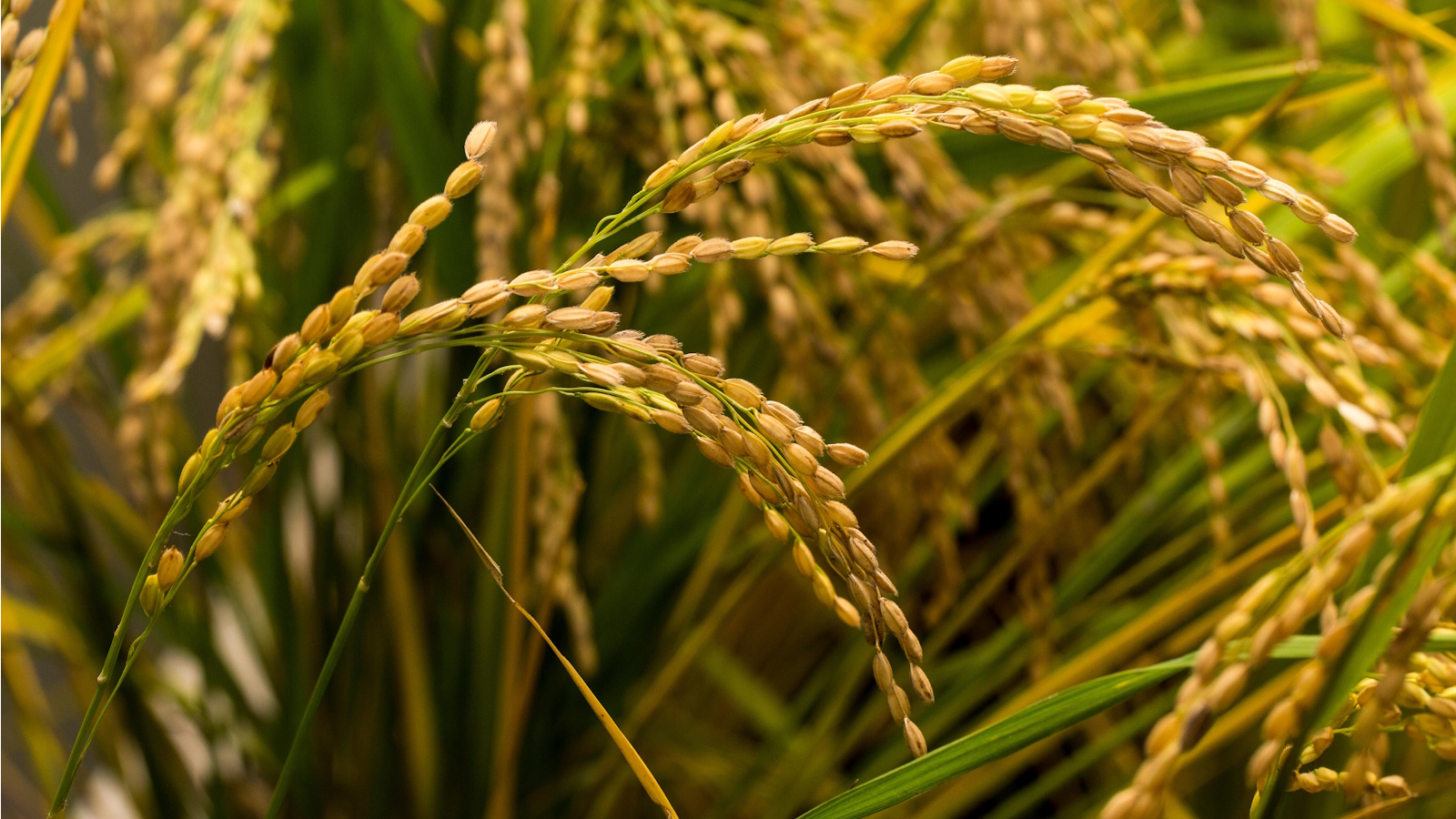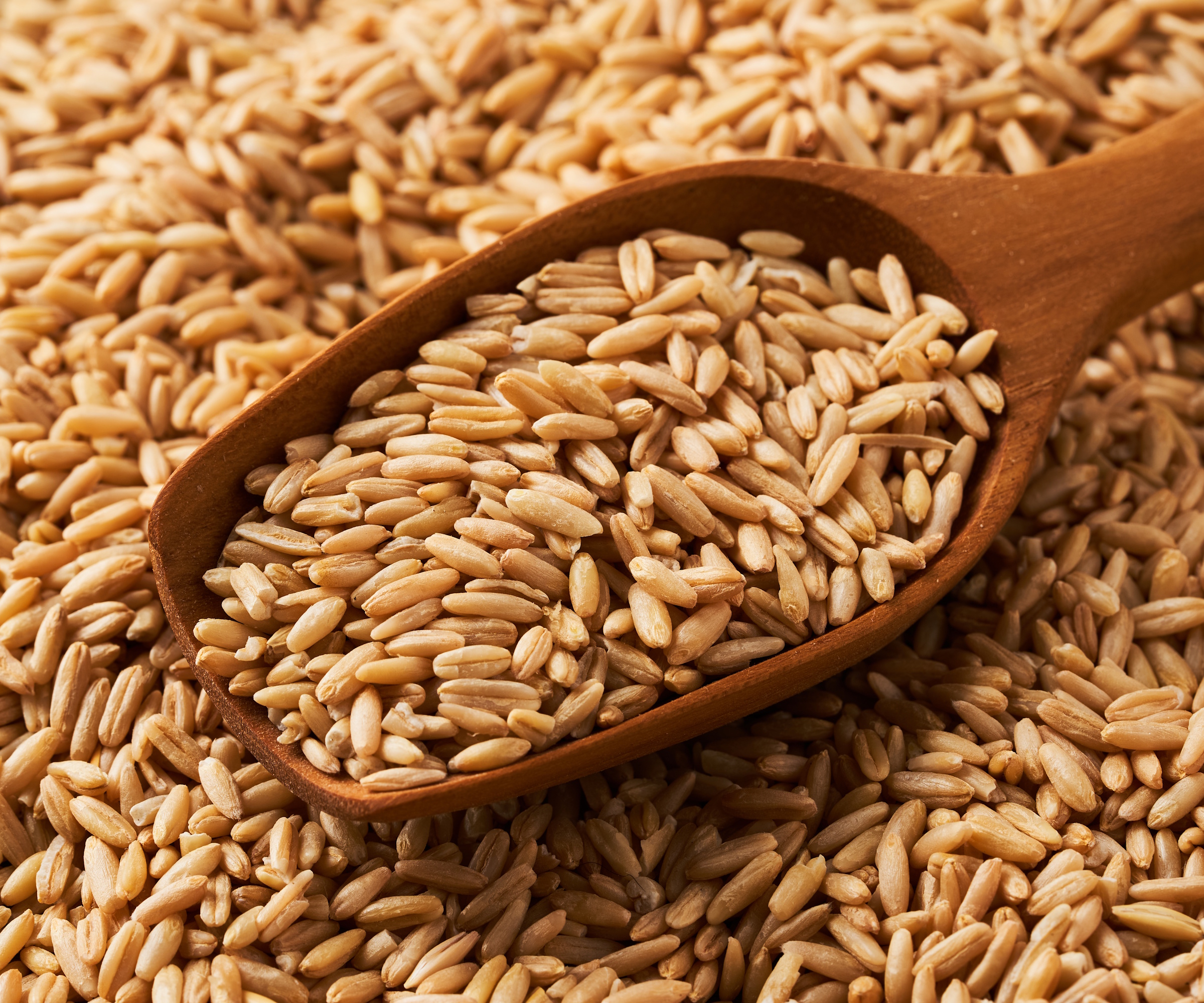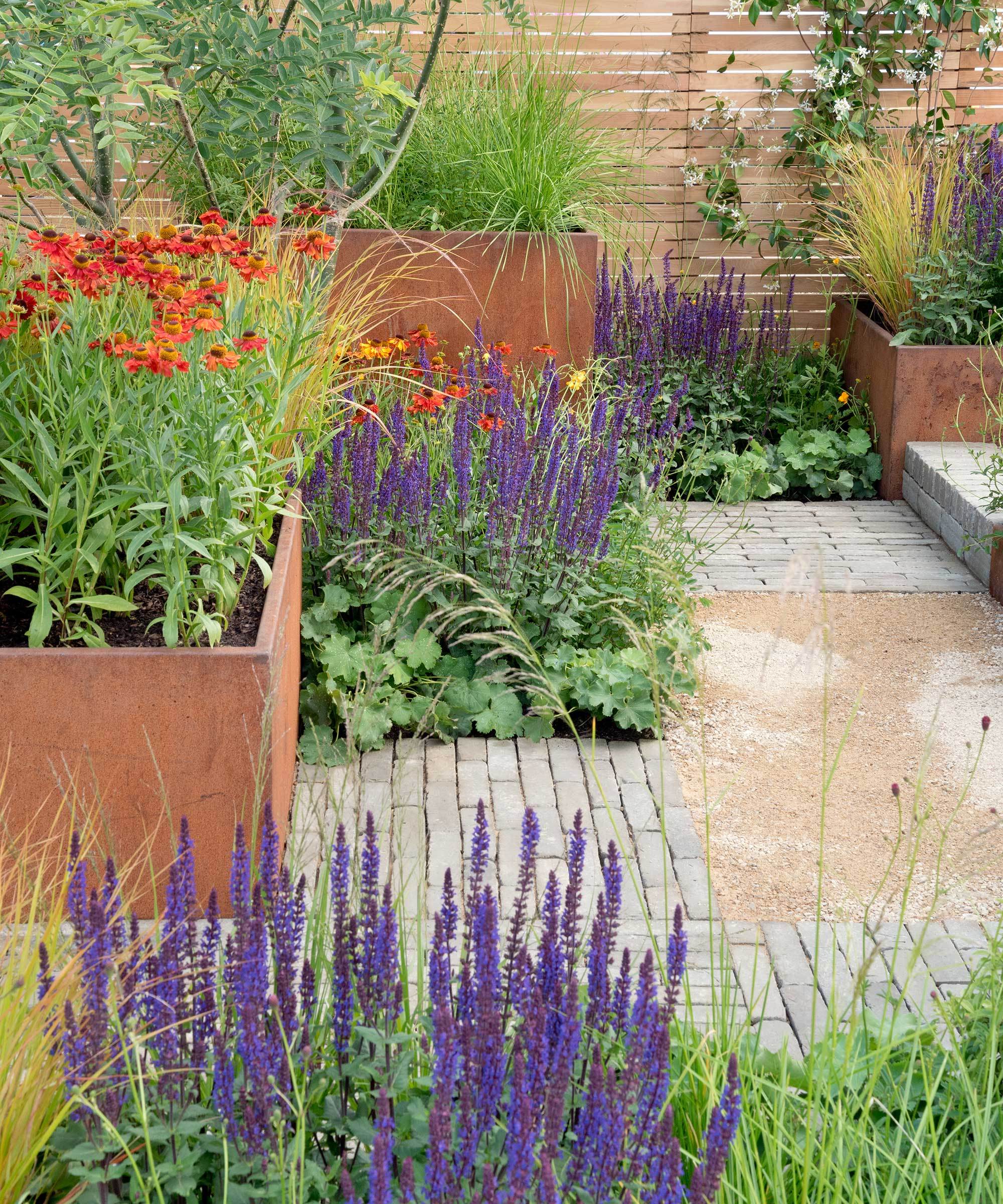
All keen gardeners know the importance of having good soil structure that supports healthy plant growth. Drainage and aeration are key to aiding moisture management, and it turns out you can improve them with one affordable ingredient - rice hulls.
If you don't know what rice hulls are, don't fret, not many of us see them. They're a by-product of rice harvesting and can be cleverly repurposed to support soil health and structure by mixing them in to add air pockets, no matter which soil type you have.
While it's more common to use rice hulls in container gardening, one sustainable gardening expert I spoke to says they can be used in compost for borders and beds, too. Here's what she told me about this eco-friendly soil amendment and how to go about using rice hulls for gardening.
What are rice hulls for gardening?

'Rice hulls are the lightweight, papery outer layer of rice grains. They're usually removed during milling and tossed aside before rice ever hits someone’s plate,' explains sustainable gardening expert, Siobhan Shaw.
You're unlikely to see these outer shells of rice unless you enjoy cooking and eating wild rice, which Siobhan notes usually has 'the outer layer intact, giving it that signature dark, earthy look.'
When it comes to using rice hulls for gardening, these little shells are perfect for supporting drainage and improving garden soil structure.
'In eco-friendly gardening ideas, rice hulls quietly do some heavy lifting. They act a lot like perlite or vermiculite, both of which I’ve used to improve soil structure, drainage, and aeration,' Siobhan explains.
It's as simple as getting your hands on rice hulls (from Amazon) and using them as a soil amendment, as you would with perlite (from Walmart) or vermiculite (from Amazon) by mixing it in to your growing medium.
By improving soil structure with rice hulls, your soil's ability to retain moisture and nutrients will be improved. Plus, drainage will be increased and the risk of fungal issues and pests will be reduced.
Not only this, but much like vermiculite, rice hulls have the ability to retain moisture. This helps will moisture management, slowly releasing it to plant roots as needed.
As an extra bonus, rice hulls are biodegradable and will supply a gradual supply of essential plant nutrients, including the macronutrients of nitrogen, phosphorus, and potassium.
How to use rice hulls for gardening

Using rice hulls as a soil amendment is popular in container gardening or when making your own compost for a potting mix. This is because potted plants need good drainage to prevent root rot and other issues.
'If I were recommending a sustainable, biodegradable way to improve drainage and airflow - especially in containers or raised beds - rice hulls would be high on the list,' says Siobhan. 'They’re renewable, they break down slowly to feed the soil, and they help balance moisture without compacting,' she explains.
To add rice hulls to containers and flower beds, simply mix them in as a soil amendment. It's generally recommended to mix 10-50% rice hulls in potting mix.
Alternatively, it is also possible to use rice hulls for gardening in borders and beds.
You can do this by spreading an even layer of rice hulls on the surface of your soil, around two-inches thick. This should then be gently mixed into at least the top six-inches of soil using essential gardening tools, like a hand tiller (from Amazon).
Use these rice hulls for gardening to improve soil aeration, moisture retention, and drainage.
FAQs
What's the best time of year to spread rice hulls?
While you can use rice hulls as a soil amendment in potting soil at any time of the year, it's recommended to spread rice hulls in borders and beds during spring when you fertilize the soil.
Besides offering a whole host of benefits to your plants, using rice hulls in garden is great way to repurpose something that would otherwise go to waste. That's what puts it on the list of peat alternatives for growing flowers and it's a great zero-waste gardening idea to incorporate in your yard.







